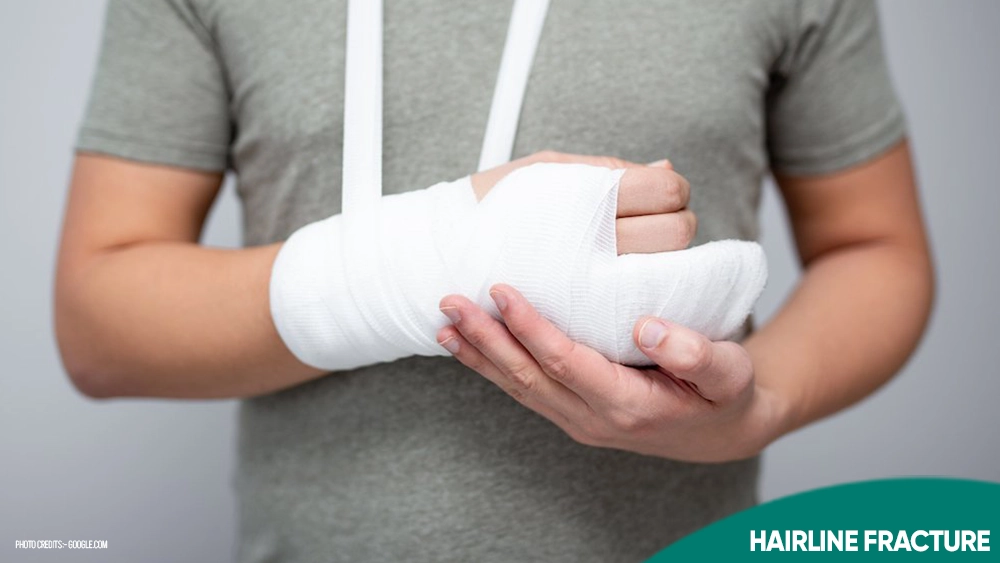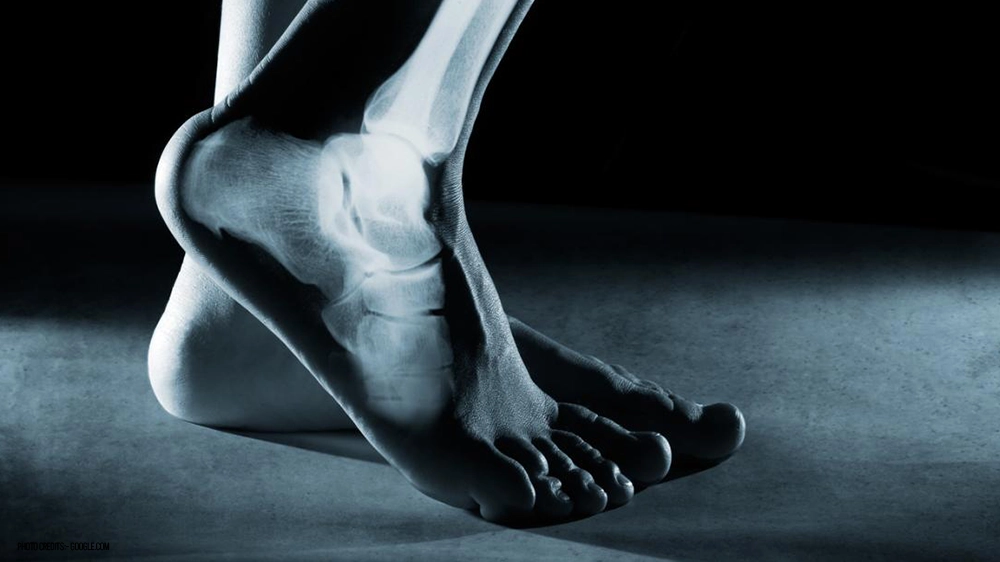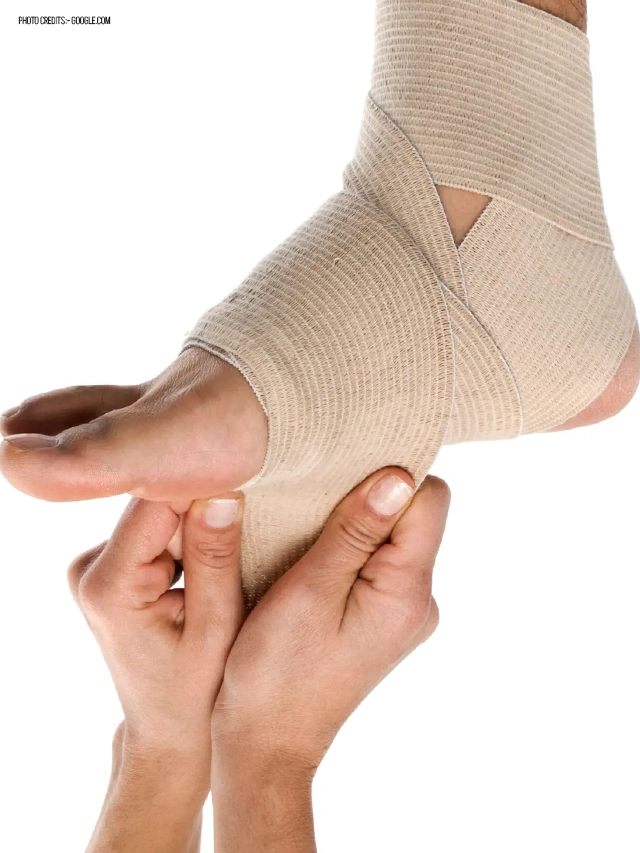
HEALTH BLOG
What Does a Hairline Fracture Feel Like?
-
Rahul Priydarss
What does a hairline fracture feel like? A hairline fracture typically causes a dull ache that worsens with activity, along with localized swelling, tenderness, and discomfort when pressure is applied. This type of stress fracture can be tricky to identify as symptoms develop gradually, often mistaken for a strain or sprain. Understanding the key signs helps with early diagnosis and prevents complications like chronic pain or a complete break. In this guide, learn about the causes, symptoms, recovery timeline, and when to seek medical help to ensure proper healing and avoid worsening the injury. Stay informed and protect your health.
Introduction to What Does a Hairline Fracture Feel Like:
Hairline fractures, also known as stress fractures, are tiny cracks in the bone that develop from repetitive force or sudden increases in physical activity. These fractures are common among athletes, runners, and individuals engaged in physically demanding activities. However, anyone, including non-athletes, can experience a hairline fracture under certain circumstances, such as changes in routine or weakened bones due to conditions like osteoporosis.
What makes hairline fractures tricky to diagnose is that their symptoms can be subtle and build gradually. Many people mistake the discomfort for muscle strain or a sprain, delaying treatment and risking further injury. Knowing what a hairline fracture feels like is essential for early detection and recovery. In this guide, we’ll explore the symptoms, causes, recovery timeline, and complications of hairline fractures so that you can understand what to look out for and how to respond if you suspect one.
What is Hairline Fracture:
A hairline fracture is a small, thin crack in a bone that occurs due to repetitive stress, overuse, or sudden force. Unlike complete fractures, the bone does not break entirely, making it harder to detect. Hairline fractures often develop gradually, especially in weight-bearing bones like those in the foot, shin, or hip.
Common symptoms include mild pain, swelling, and tenderness that worsen with activity but improve with rest. Athletes, runners, and individuals with conditions like osteoporosis are more prone to this type of injury. Prompt treatment through rest and limited movement is essential to prevent the fracture from worsening.

Table of Contents
How Do You Know if It’s a Hairline Fracture or Just a Strain:
At first glance, it can be difficult to tell whether you’re dealing with a hairline fracture or a soft tissue injury, such as a sprain or strain. The two injuries share some common symptoms, including pain, swelling, and tenderness, but there are key differences that can help you identify a hairline fracture.
- Pain Location: With a hairline fracture, the pain is often localized to the bone. If you press on the affected area, you’ll likely experience sharp pain in a specific spot. Muscle strains, however, create more generalized discomfort that spreads across the surrounding tissues.
- Pain Patterns: Hairline fractures tend to cause pain that worsens with activity. Even simple movements like walking can aggravate the pain. By contrast, soft tissue injuries usually feel worse initially but improve with light movement.
- Swelling and Bruising: While both conditions can cause swelling, the swelling from a hairline fracture is usually milder compared to a sprain or strain.
- Night Pain: If the pain continues or worsens at night, this could be a sign of a hairline fracture. Strains and sprains rarely cause pain when you’re at rest.
What Are the Symptoms of a Hairline Fracture:
The symptoms of a hairline fracture are not always obvious, which is why it’s often referred to as a “silent injury.” Here are the most common signs to look for if you suspect you’ve sustained a stress fracture.
- Persistent, dull ache: The pain might feel mild at first but intensifies with activity.
- Localized swelling: Swelling occurs around the fracture site but may not be as severe as a sprain.
- Tenderness to the touch: Pressing on the area causes sharp discomfort.
- Bruising or slight discoloration: This symptom is less common but can appear in some cases.
- Pain during activity and relief with rest: The ache becomes more noticeable during physical exertion, such as walking, running, or climbing stairs.
- Warmth or redness: The skin over the injured area may feel warmer than usual.
What Causes Hairline Fractures:
Hairline fractures typically occur from repetitive stress or overuse, which weakens the bone over time. Below are some of the most common causes and contributing factors:
1. High-Impact Activities: Athletes involved in running, basketball, gymnastics, or tennis are at a higher risk of developing stress fractures due to the continuous stress placed on their bones.
2. Sudden Increase in Activity: A sudden change in physical activity, such as increasing workout intensity or starting a new sport, can strain bones that aren’t yet conditioned to handle the impact.
3. Poor Footwear: Wearing unsupportive or worn-out shoes can unevenly distribute weight across the feet, increasing pressure on specific bones and leading to stress fractures.
4. Bone Health Conditions: People with osteoporosis or low bone density are more prone to fractures, even with low-impact activities.
5. Hard Surfaces: Running or exercising on hard surfaces, like concrete, can intensify the strain on bones and increase the likelihood of developing hairline fractures.
Even though high-impact athletes are most commonly affected, individuals who engage in new physical activities without proper preparation can also experience stress fractures.

How Are Hairline Fractures Diagnosed:
Diagnosing a hairline fracture can be challenging because they are often not visible on standard X-rays until the bone begins healing. If you suspect a stress fracture, a doctor may perform the following steps:
- Physical Examination: The doctor will press on the affected area to identify any tenderness or pinpointed pain.
- Imaging Tests: An MRI or bone scan is more effective at detecting hairline fractures early on, as these tools can reveal subtle cracks that may not appear on X-rays.
- Medical History: Your doctor may ask about recent changes in your physical activity, footwear, or history of bone health conditions like osteoporosis.
How Long Does It Take for a Hairline Fracture to Heal:
Most hairline fractures heal within 6 to 8 weeks, provided the injury is properly managed. Recovery depends on several factors, including the location and severity of the fracture and your overall health. Here’s what to expect during the healing process.
- Rest: It’s crucial to avoid weight-bearing activities for at least a few weeks to give the bone time to heal.
- Immobilization: A doctor may recommend a brace or walking boot to stabilize the area and prevent further injury.
- Ice and Pain Management: Ice packs can help reduce swelling, and over-the-counter pain relievers can manage discomfort.
- Physical Therapy: Once healing begins, physical therapy exercises can help restore strength and flexibility in the affected area.
What Happens If a Hairline Fracture Goes Untreated:
If you ignore the symptoms of a hairline fracture and continue with your activities, the condition can worsen, leading to.
- Complete Fracture: A small crack can become a full break, requiring more extensive treatment like casting or surgery.
- Chronic Pain: Persistent pain may develop, making it difficult to perform daily activities.
- Non-Union Fracture: In some cases, the bone fails to heal properly, resulting in long-term weakness or instability.
- Compartment Syndrome: In rare instances, swelling around the fracture can restrict blood flow, leading to severe complications that require immediate medical intervention.
When Should You See a Doctor for a Hairline Fracture:
You should see a doctor if.
- The pain persists or worsens after several days of rest.
- Swelling and tenderness continue despite home remedies.
- The affected area involves a weight-bearing bone, such as the foot or shin.
FAQs about What Does a Hairline Fracture Feel Like:
A1: If you experience a dull ache that worsens with activity, along with mild swelling and tenderness localized to the bone, you may have a hairline fracture. Pain relief with rest and discomfort when pressing the area are also common indicators.
A2: You might still be able to walk with a hairline fracture, but it can cause discomfort and make the injury worse over time. It’s best to avoid putting weight on the affected area and seek medical advice.
A3: Hairline fractures usually take 6 to 8 weeks to heal with proper rest and care. Physical therapy may be needed afterward to restore strength and flexibility.
A4: Untreated hairline fractures can worsen into complete fractures, cause chronic pain, or result in improper healing (non-union fractures), potentially leading to long-term complications.
A5: Hairline fractures are commonly caused by repetitive stress, sudden increases in physical activity, poor footwear, hard surfaces, and bone conditions like osteoporosis.

-Please remember, to always consult with healthcare professionals or Doctors for personalised advice related to medical conditions.
Conclusion:
In conclusion, what does a hairline fracture feel like? It typically presents as a dull, localized pain that worsens with activity and eases with rest, along with swelling, tenderness, and discomfort when pressure is applied. Since symptoms can be subtle and mistaken for a sprain or strain, early diagnosis is crucial to prevent the fracture from worsening. If left untreated, a hairline fracture can lead to chronic pain or a complete break. Proper rest, medical evaluation, and sometimes physical therapy are essential for recovery. Recognizing the signs early ensures effective treatment and helps you return to normal activities without complications.




